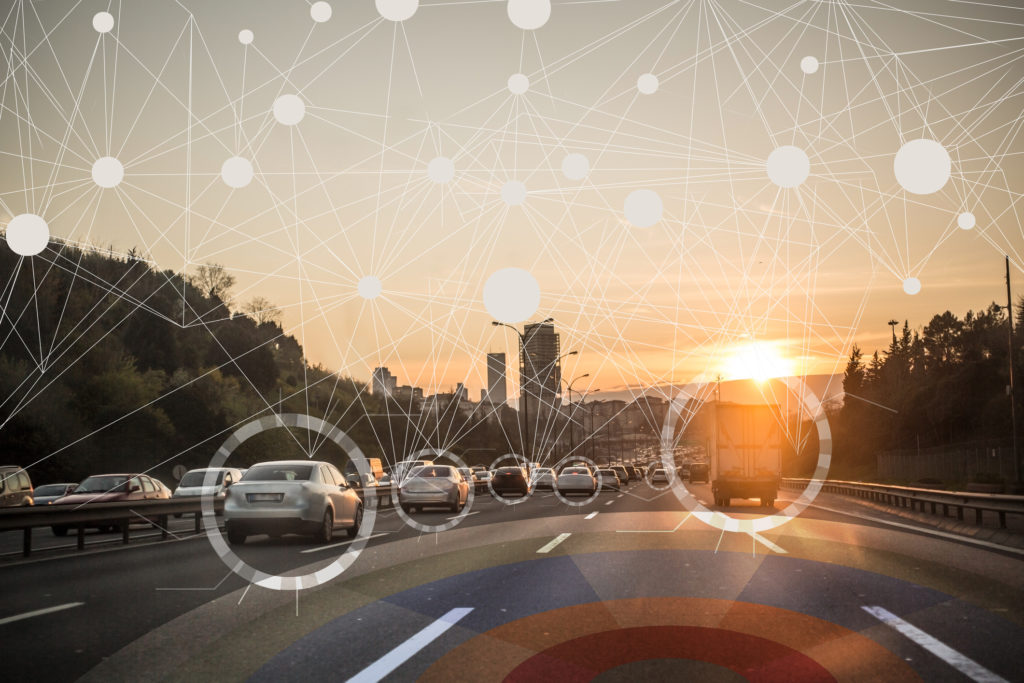
The smartphone technology that we can’t seem to live without may be the same technology that could actually save our lives on the roads. The car industry is leveraging the seamless connectivity of the Internet of Things (IoT) to reduce human driving error, the cause of most automotive crashes. Many features available in the cars we drive today, from lane assist to blind spot monitoring and pre-collision braking, are dependent on it. But those features remain driver-assisted until the technology is perfected.
As we get closer to the autonomous vehicle (AV) era – fully autonomous – there can be no room for error in these connected systems. As Jothy Rosenberg, Founder & CEO of Dover Microsystems, recently wrote, “We must begin to hold all connected systems in our life accountable for security, especially if they are responsible for the safety of millions of people.”
Advancements in the IoT will help AVs keep the promise of improving driving safety.
Connected Systems in AVs
Embedded systems and the IoT are already making an impact on the way we drive. The following driver safety aids are just a few examples.
- Currently an optional feature from almost every major auto manufacturer on the market, adaptive cruise control (ACC) relies on LIDAR or a more traditional radar-based approach, and can also be coupled with a GPS system, to detect upcoming obstacles and make proper adjustments. ACC has been shown to help reduce both the likelihood of an accident and overall traffic.
- Lane keep assist relies on a combination of a windshield-mounted camera to monitor the road and laser and infrared sensors that collect data about the car’s surroundings to determine whether the car has strayed outside the lane and warn the driver. According to studies conducted by the Insurance Institute for Highway Safety (IIHS), vehicles outfitted with lane keep assist had lower crash rates than similar vehicles without the technology.
- Pre-collision braking utilizes LIDAR or radar and sometimes image recognition to apply the brakes or steer around an obstacle. By 2022, all new cars sold in the United States will have some form of pre-collision braking, which could potentially reduce traffic deaths and injuries. Of this strategy, former transportation secretary Anthony Foxx said, “We are entering a new era of vehicle safety, focusing on preventing crashes from ever occurring, rather than just protecting occupants when crashes happen.”
- With the use of a camera mounted under the side mirror, blind spot monitoring alerts drivers of traffic that enters the blind spot. According to a report by the IIHS, use of blind spot monitoring lowers crash involvement rates in lane-change crashes.
- A combination of sensors are involved in autonomous vehicle technology to produce cars with the capability to completely drive themselves. Truly life changing, AVs are expected to reduce automotive-related deaths and accidents, effectively disrupting the insurance market.
Stay Up to Speed
The driver safety aids that we are becoming so reliant on are only as good as the people who design them. That’s why it’s so important to stay up to speed on the latest developments in IoT and AV technology.
Coming soon, IEEE Fundamentals of Autonomous Vehicle Technology covers foundational and practical applications of autonomous, connected and intelligent vehicle technologies. This six-course program was developed by some of the leading experts in AV technologies. For more information or to pre-order this essential program for your organization, connect with an IEEE Content Specialist.
Resources
Rosenberg, Jothy. (11 June 2018). Advancements in IoT Mean Safer Vehicles and Fewer Accidents. IoT Evolution.
Vlasic, Bill. (11 Sept 2015). Automakers Will Make Automatic Braking Systems Standard in New Cars. The New York Times.


Yes, avs accountable for driver safety, however the manufacturer should ensure quality and technology specifications are embedded and policy makers should implement governing policies that wouldn’t comprise on quality.